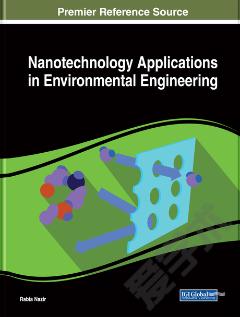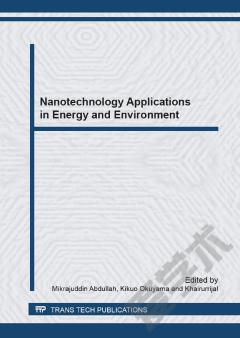Nanotechnology and Photocatalysis for Environmental Applications
Nanotechnology and Photocatalysis for Environmental Applications focuses on nanostructured control, synthesis methods, activity enhancement strategies, environmental applications, and perspectives of semiconductor-based nanostructures. The book offers future guidelines for designing new semiconductor-based photocatalysts, with low cost and high efficiency, for a range of products aimed at environmental protection. The book covers the fundamentals of nanotechnology, the synthesis of nanotechnology, and the use of metal oxide, metal sulfide, and carbon-based nanomaterials in photocatalysis. The book also discusses the major challenges of using photocatalytic nanomaterials on a broad scale. The book then explores how photocatalytic nanomaterials and nanocomposites are being used for sustainable development applications, including environmental protection, pharmaceuticals, and air purification. The final chapter considers the recent advances in the field and outlines future perspectives on the technology. This is an important reference for materials scientists, chemical engineers, energy scientists, and anyone looking to understand more about the photocatalytic potential of nanomaterials, and their possible environmental applications. Explains why the properties of semiconductor-based nanomaterials make them particularly good for environmental applications Explores how photocatalytic nanomaterials and nanocomposites are being used for sustainable development applications, including environmental protection, pharmaceuticals, and air purification Discusses the major challenges of using photocatalytic nanomaterials on a broad scale
{{comment.content}}








 京公网安备 11010802027623号
京公网安备 11010802027623号